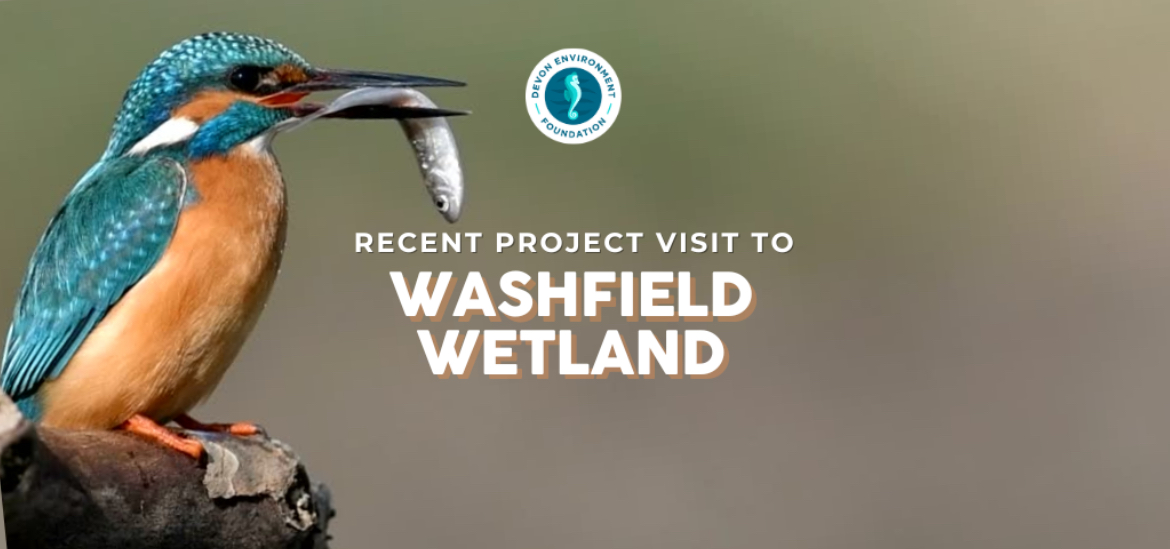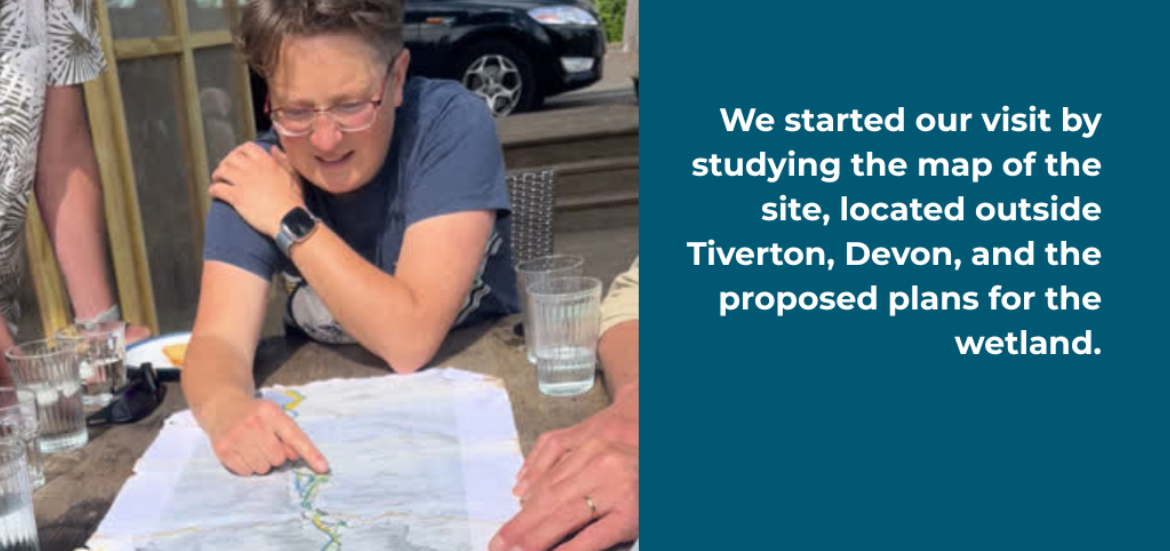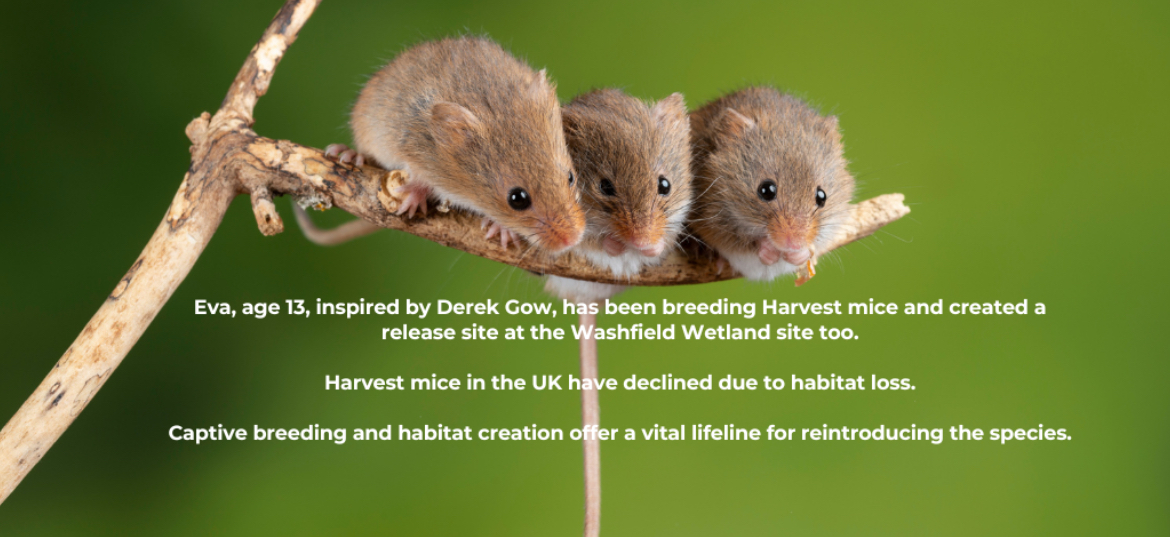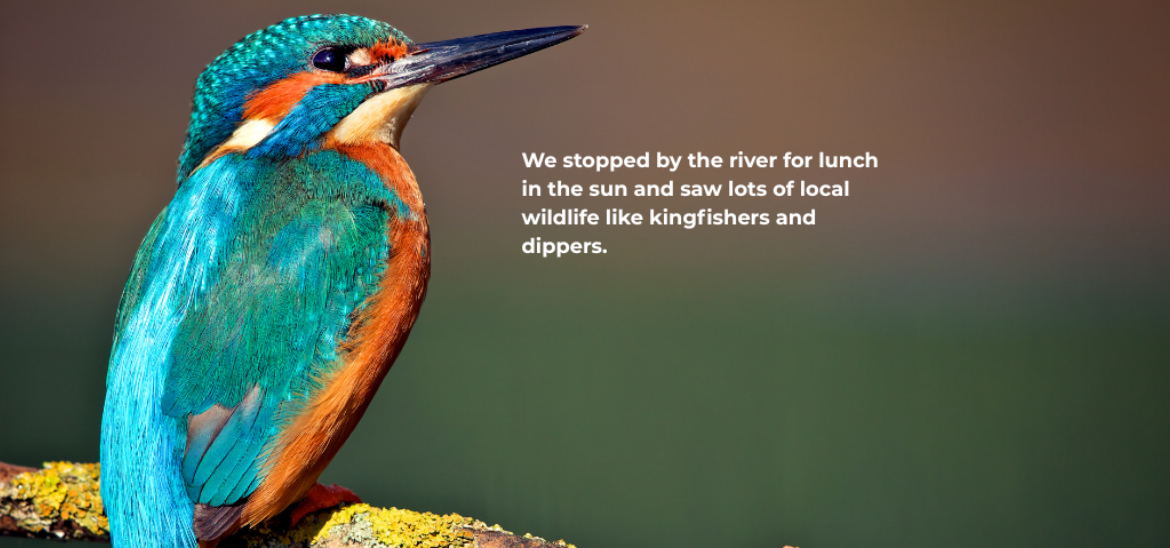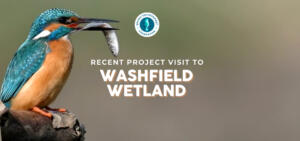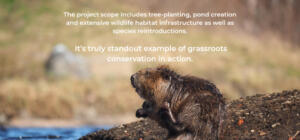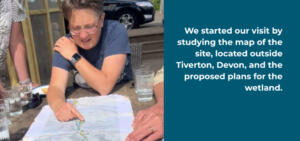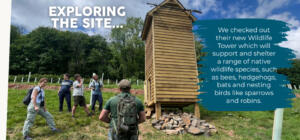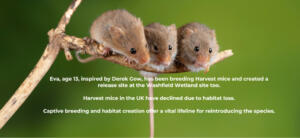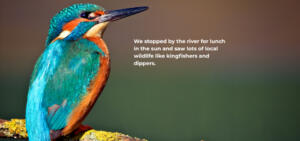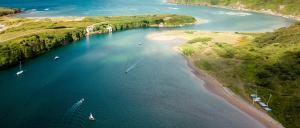
Grants
River Restoration
Washfield Wetland – Year 2
£18,000 awarded
Project Dates: 30.6.25 to 30.9.25
Supporting the start-up costs of the ambitious new Washfield Wetland site – a collaboration of local farmers and landowners who have come together to create a haven for wildlife in Lower Washfield, near Tiverton in Mid Devon.
The core of the project is the creation of a nine-acre wetland on Wild Tiverton’s land during summer 2025. The intention is for this new wetland to serve as a showcase for a much more ambitious project spanning 300+ acres of the Exe catchment, specifically a Natural Flood Management project across 300+ further acres belonging to 10 other landowners.
Objectives:
The overall goals of the wetland project are to decrease flooding in Tiverton downstream and to reverse the loss of biodiversity in the river catchment, whilst tackling climate change through carbon sequestration. Its objectives are to transform the area from constrained river flowing through fields with little wildlife to a mosaic of wet woodlands, reed beds, rough grasslands, pools, ponds, dams, scrapes, and bunds abounding with wildlife. The project aims to inspire everyone from school children to politicians to get actively involved in nature restoration.
Methodology:
The project will involve direct environmental action (field work and practical conservation methods); awareness raising, education & community engagement.
In the coming years, as the wetland develops, new habitats and food sources will be created to allow many species to find their own way to the site – and then they hope to re-introduce Water Voles, Harvest Mice, Beavers, Mole Crickets, Glow Worms and possibly even Storks.
See the first phase of the Washfield Wetland creation enabled by DEF HERE.
Images credits: Kevin Keatley.
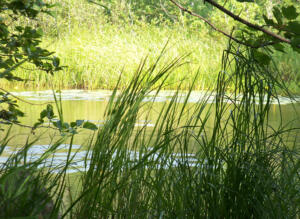

IMPACT SUMMARY September 2025:
Project Activities:
- The project employed Scott Copping from SC Nature Restoration, along with his dumper drivers Shelley and Tobias, for three weeks in July to carryout the wetland creation work.
- Working to the map created by Professor Richard Brazier and Dr Alan Puttock from Exeter University’s Centre for Resilience in Envrionment, Water and Waste (CREWW), based on their LIDAR surveys, a series of large and small ponds, islands, bunds, scrapes and channels across our nine acre site have been dug using this information.
- In addition to the planned groundworks, some extra wildlife-enhancing features have been created, including a large south-facing sandmartin bank overlooking what is now called Stork Island, and a long (approx. 75 metres) water vole bank around Vole Island.
- A neighbour who was clearing his woods donated a huge pile of tree stumps and brash which have been distributed around the new wetland to become new wildlife habitats.
- Researchers carrying out invertebrate studies on the project site as part of the wider DEFRA-funded project.
- Beavers which have been seen on project trailcams have now returned after a period of absence. It is hoped they are checking out the new wetland and waiting for it to fill, before moving in.
Project Impact:
- Awareness has been raised through media coverage, including being featured on the front page of the Tiverton Gazette and on the Devon Live website. Eva’s harvest mouse project gained national attention through national media streams and Blue Peter.
- The project has gained significant community support through volunteer engagement, leading to increased local support for rewilding.
- Through the rewilding of the land, and the implementation of the wildlife structures and habitats, the project site is becoming more biodiverse. This can be seen through species data collected using the camera traps.
- School visits have and will continue to, teach local children about biodiversity through activities such as tree planting, sowing wildflowers, building a reptile bank and feeding our harvest mice re-introduction project.

